If you’re on the hunt for an adorable and low-maintenance pet, Dwarf Campbell’s Russian hamsters (also known as winter white hamsters) may be just what you’re looking for. These tiny furballs are cute, playful, and easy to care for. In this blog post, we’ll dive into some fun facts about these delightful creatures and offer tips on how to properly care for them.

1. Winter White and Campbell’s Dwarf are two different species of Russian hamsters.
It’s important to know that Winter White and Campbell’s Dwarf hamsters may look similar, but they’re actually two different species of Russian hamsters. Winter White hamsters are sometimes known as Siberian or Djungarian hamsters, while Campbell’s hamsters are more commonly kept as pets. The easiest way to distinguish the two is by their physical features – Winter Whites have a wider, circular face and smaller, more rounded ears. Both species have poor eyesight and are attracted to brightly colored objects. It’s important to keep in mind that each species has specific care, food, and housing needs that should be considered before becoming a pet owner of either.
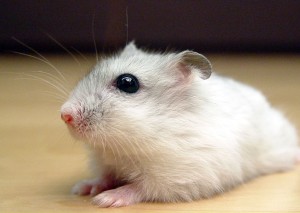
2. Winter White hamsters are also known as Siberian or Djungarian hamsters.
Winter White hamsters are a beloved pet species that are often referred to by various names. One of the common names attributed to this species is Siberian hamsters due to their native habitat. They hail from the cold regions of Siberia and Kazakhstan, which is why they can adapt their fur color to become white during winters. Another name given to them is Djungarian hamsters, which is inspired by the Djungarian Basin where they are commonly found. These cute and cuddly creatures have a curious personality, making them a lovely addition to any home. It is important to note that they have specific care requirements, so potential owners should do their research before bringing one home.
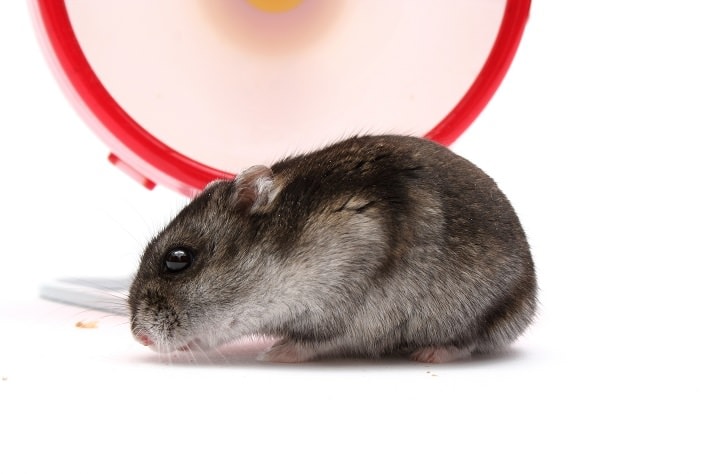
3. Campbell’s hamsters are more commonly kept as pets than Winter Whites.
It is true that Campbell’s hamsters are more commonly kept as pets than Winter White hamsters. However, this does not necessarily mean that one species is better or more suitable for every pet owner. While Campbell’s hamsters are known for their affectionate and social personalities, Winter Whites are generally considered to be more tolerant and less likely to bite. It is important for prospective pet owners to research both species’ specific care needs and personalities before making a decision on which one to bring home. Additionally, both types of hamsters require appropriate housing and a balanced diet, which should be carefully considered before becoming a pet owner.
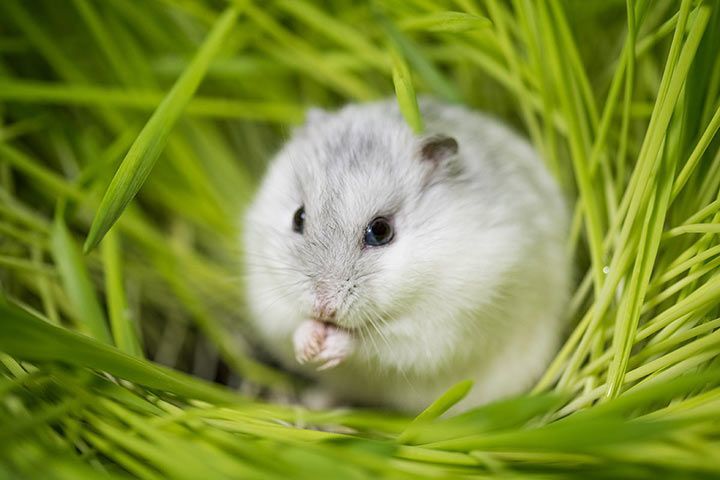
4. Winter White hamsters have a wider, circular face and smaller, more rounded ears.
In addition to their distinct species name, Winter White hamsters have physical differences that set them apart from their Campbell’s Dwarf counterparts. One of the most noticeable differences is in their facial structure. Winter Whites have a wider, circular face and smaller, more rounded ears compared to Campbell’s hamsters. However, despite these differences, both species are known for being social and adorable pets. So, whether you choose a Winter White hamster or a Campbell’s Dwarf hamster as your furry companion, make sure you research their specific care needs and provide them with a safe and comfortable living environment.

5. Campbell’s hamsters are known for being affectionate and quick.
In addition to being curious and agile, Campbell’s dwarf hamsters are known for their affectionate nature. These small pets are quick to bond with their owners and love to be held and cuddled. They are also very playful and enjoy interacting with their human companions. It’s important to remember that while Campbell’s hamsters are friendly, they still have specific care needs that must be met in order to ensure their health and happiness. Providing them with a balanced diet and a suitable habitat will go a long way in keeping them content and thriving. Overall, Campbell’s dwarf hamsters are wonderful pets for those seeking a small, social companion.

6. Both species have poor eyesight and are attracted to brightly colored objects.
It’s interesting to note that both Campbell’s and Winter White hamsters have poor eyesight, so they rely heavily on their other senses to navigate their surroundings. One of the ways they interact with their environment is by being attracted to brightly colored objects. However, it’s important to note that while these objects may be visually stimulating for them, it’s not recommended to use them as toys or decorations in their enclosure. As responsible pet owners, it’s important to provide them with appropriate objects to play with and a safe, clutter-free environment to explore. By keeping their specific care and housing needs in mind, both Campbell’s and Winter White hamsters can thrive and make wonderful companions for anyone looking for a furry friend.

7. The Latin name for the Winter White hamster is Phodopus sungorus.
As mentioned earlier, the Winter White hamster is also known as the Siberian or Djungarian hamster. However, its scientific name is Phodopus sungorus. This Latin name may not be as commonly known as its more popular names, but it carries important information for those interested in the species. Scientific names are used to classify and identify living organisms, allowing individuals to understand the animal’s evolutionary history and where it fits in the larger picture of the animal kingdom. In this case, Phodopus refers to the genus of dwarf hamsters, while sungorus indicates the specific species of the Winter White hamster. Knowing the scientific name can also aid in communication with others who may not be familiar with common names and can ensure that the right species is being referred to.
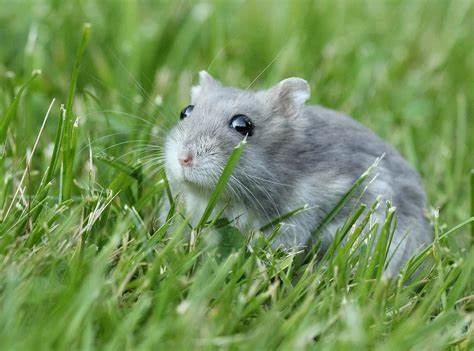
8. The term
The term “Russian dwarf hamster” is often used to refer to both the Winter White and Campbell’s Dwarf hamsters, which can cause confusion. However, it’s important to note that they are different species of Russian hamsters. The Winter White hamster, also known as the Siberian or Djungarian hamster, has a wider, circular face and smaller, more rounded ears compared to the Campbell’s hamster. While the Campbell’s hamster is more commonly kept as a pet, both species have specific care, food, and housing needs that should be considered before becoming a pet owner.
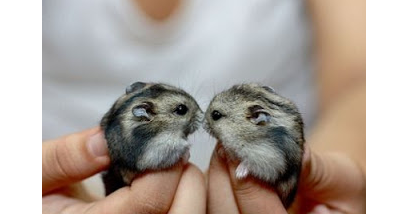
9. Winter Whites come from Siberia and Kazakhstan.
As mentioned earlier, Winter White hamsters are also known as Siberian or Djungarian hamsters. That’s because they originate from the cold steppes of Siberia and Kazakhstan. These small, furry creatures are well-adapted to cold weather and can hibernate to survive the harsh winter months. Winter Whites are popular as pets because of their unique coloring, with a thick, dark grey dorsal stripe and furry feet. However, it’s important to note that they have specific care requirements, including a balanced diet, a clean and spacious living space, and opportunities for exercise and play. If you’re considering keeping a Winter White hamster as a pet, do your research and ensure that you can meet their needs.

10. Both species have specific care, food, and housing needs that should be carefully considered before becoming a pet owner.
When considering owning a Dwarf Campbell’s Russian hamster, which includes both Winter White and Campbell’s hamsters, it’s important to know that both species have specific care, food, and housing needs. While Winter Whites are known to be more independent and less active compared to Campbell’s hamsters, both require a cage that’s at least 450 square inches with plenty of bedding and hiding spots, as well as toys and a wheel for exercise. When it comes to diet, both species require a variety of fruits, veggies, seeds, nuts, and insects, but it’s important not to overfeed them to avoid obesity. Additionally, both species have a relatively short lifespan of around two years in captivity, so potential owners should be aware of the expected lifespan of their pets. Overall, caring for a Dwarf Campbell’s Russian hamster can be rewarding, but it’s important to carefully consider their specific needs before bringing one into your home.
- From Babies To Adults: Navigating Hamster Development Milestones - April 14, 2024
- From Seeds To Treats: Unveiling The Secrets Of Hamster Diet And Behavior - April 14, 2024
- A Culinary Adventure: Discovering The Delightful Hamster Diet Variety - April 14, 2024
